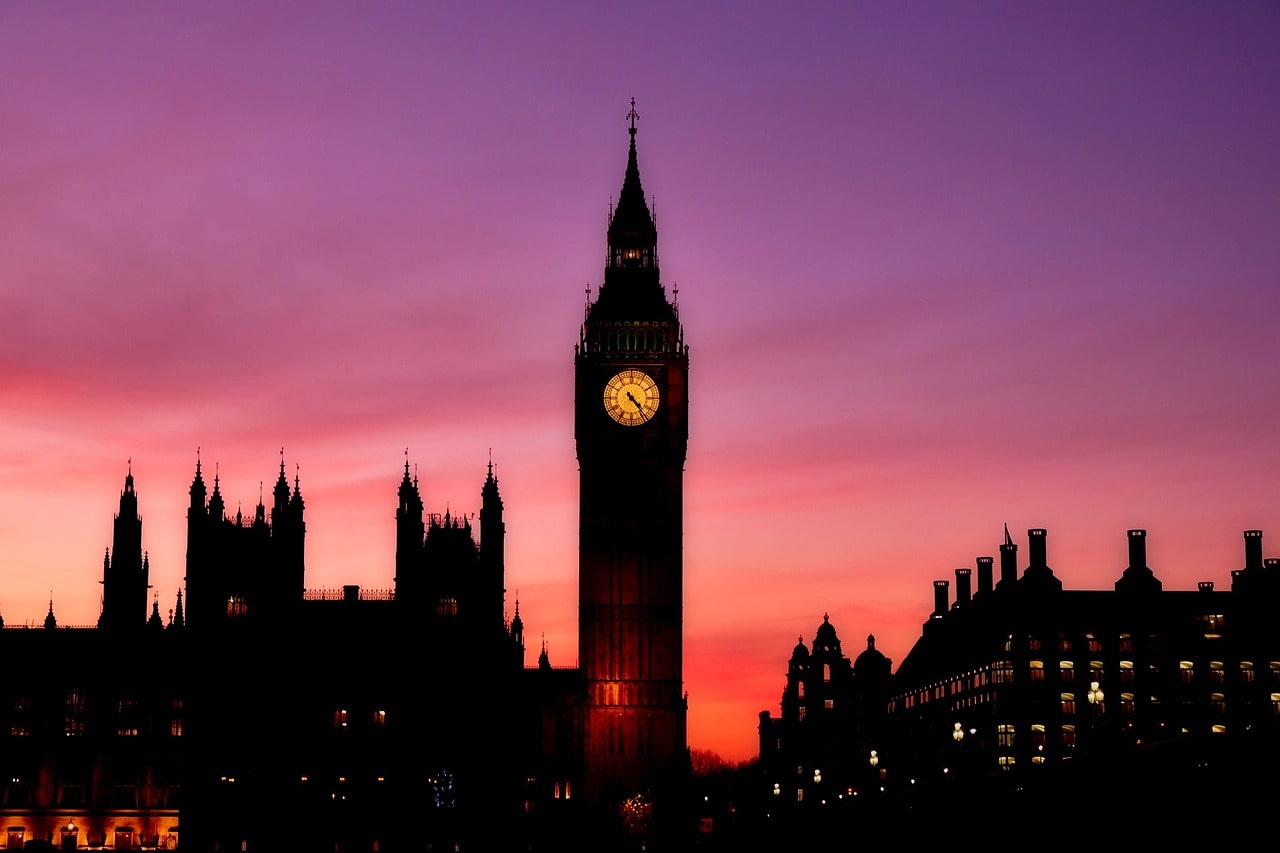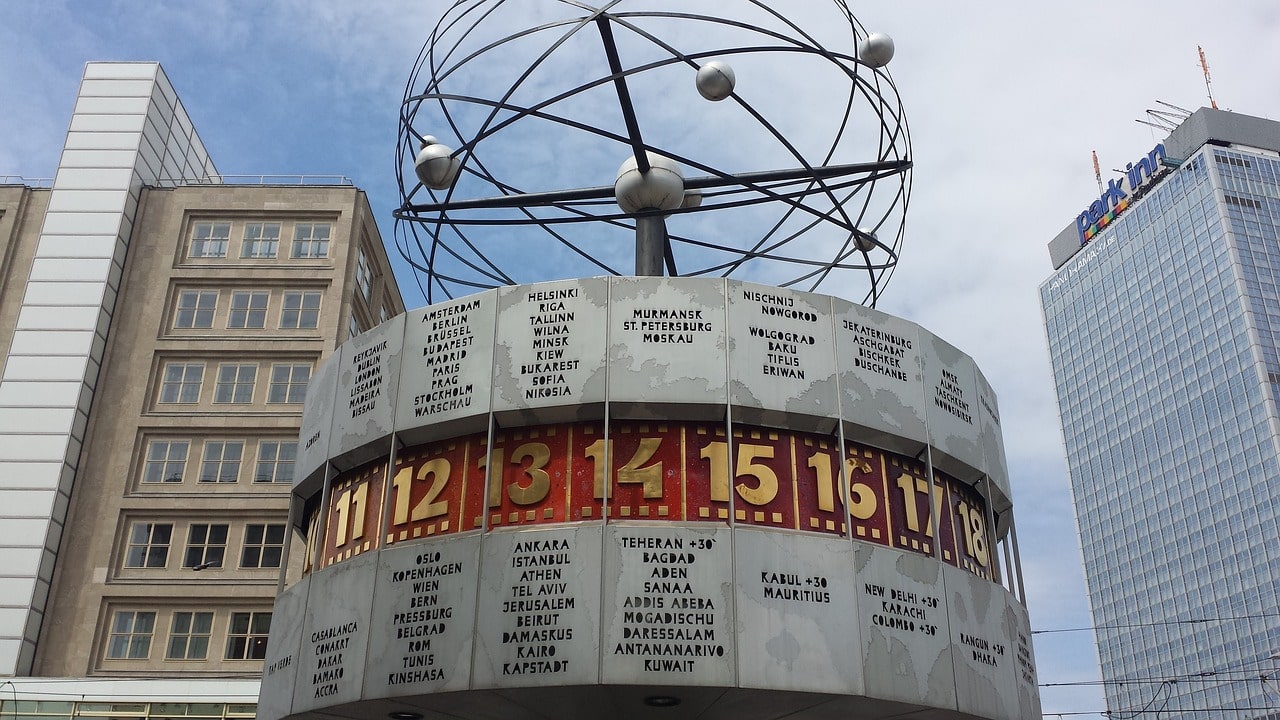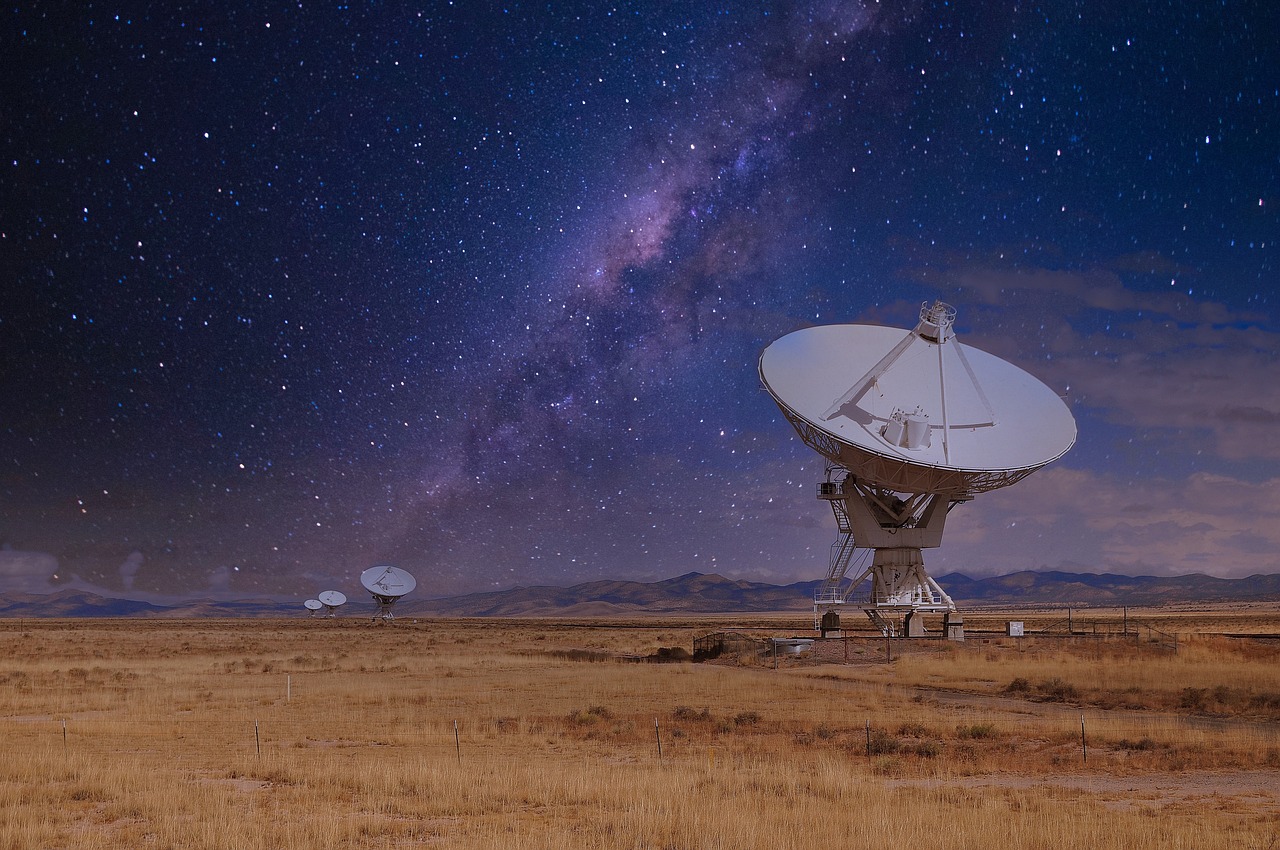What is Standard Time?
When discussing timekeeping worldwide, "Standard Time" refers to the local time in a country or region when Daylight Saving Time (DST) is not in use.

Standard Time is often known as winter time or normal time in various regions. In contrast, DST is commonly referred to as summer time in many countries. This terminology reflects the seasonal changes made to the clocks to better utilize daylight during the longer summer days.
Most Countries Without DST
Many countries use Standard Time throughout the year, keeping clocks unchanged. Countries like Japan, China, and India follow this system. For these regions, there is no need to adjust clocks for DST, which simplifies scheduling and daily routines. This steady approach can be especially beneficial for countries with a relatively constant amount of daylight throughout the year or where the benefits of DST are not significant.
Longer Days, Longer Adjustments
Standard Time and Daylight Saving Time (DST) durations are not balanced equally. Typically, the period spent on Standard Time is shorter compared to the DST period. For example, in most European countries, Standard Time lasts for approximately 5 months of the year. In contrast, DST is observed for the remaining 7 months, covering most of the year. This pattern highlights the predominant use of DST during the longer, daylight-rich summer months, aimed at extending evening daylight and optimizing energy use.
Time Zone Names Change with DST
During Daylight Saving Time (DST), the local time zone name and abbreviation often change to reflect the seasonal adjustment. This typically involves adding terms like "daylight" or "summer" to the time zone name.
For instance, London operates on Greenwich Mean Time (GMT) during Standard Time, which is aligned with Coordinated Universal Time (UTC) with no offset (UTC+0). However, when DST begins, London switches to British Summer Time (BST), UTC+1. This one-hour shift forward during the warmer months helps better use daylight time.
In everyday conversation, people often refer to the time zone simply as "London Time" or "UK Time," regardless of whether it is Standard Time or Daylight Saving Time. This casual reference simplifies communication and helps avoid confusion a out the time zone adjustment.
Understanding Time Differences from UTC
Standard Time is often referenced as Coordinated Universal Time (UTC), the primary global time standard. UTC serves as the baseline from which all time zones are measured. Each time zone is defined by its offset from UTC. For instance, Eastern Standard Time (EST) is UTC-5, meaning it is 5 hours behind UTC.
This system of offsets helps coordinate activities and communication across different regions. Understanding these UTC offsets is crucial for scheduling international meetings, flights, and other activities that involve multiple time zones.
Time Zone Switches: Countries on the Move
Occasionally, countries switch their time zones for various reasons. These changes can be driven by political decisions, economic needs, or efforts to align with neighboring countries. For instance, Turkey switched from Eastern European Time (EET) to Turkey Time (TRT), UTC+3, to simplify business operations and better align with its regional partners.
Time zone changes can also occur due to local decisions to improve economic efficiency or address administrative challenges. For example, some regions within countries may change their time zones to better match local economic activities or to resolve discrepancies between neighboring areas.



